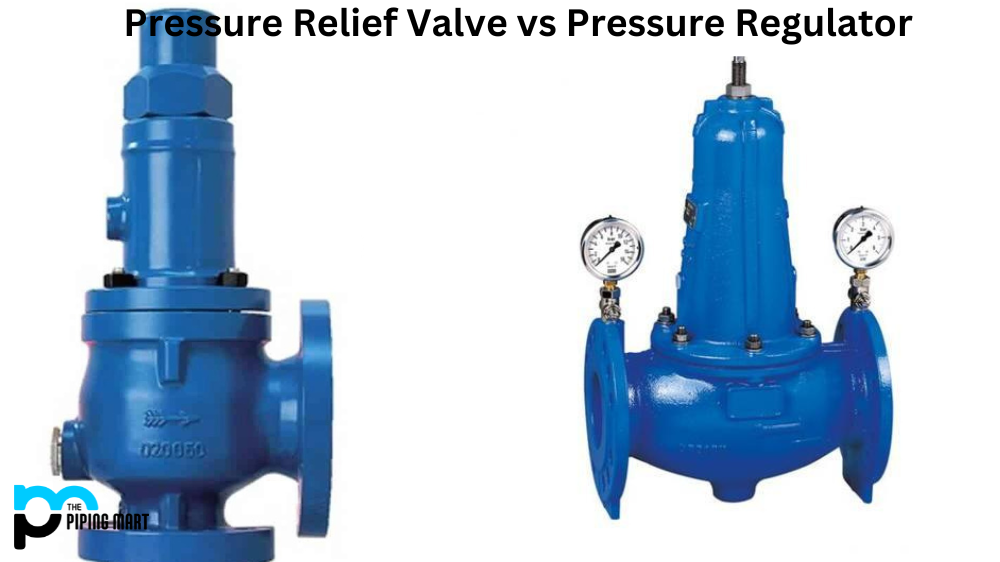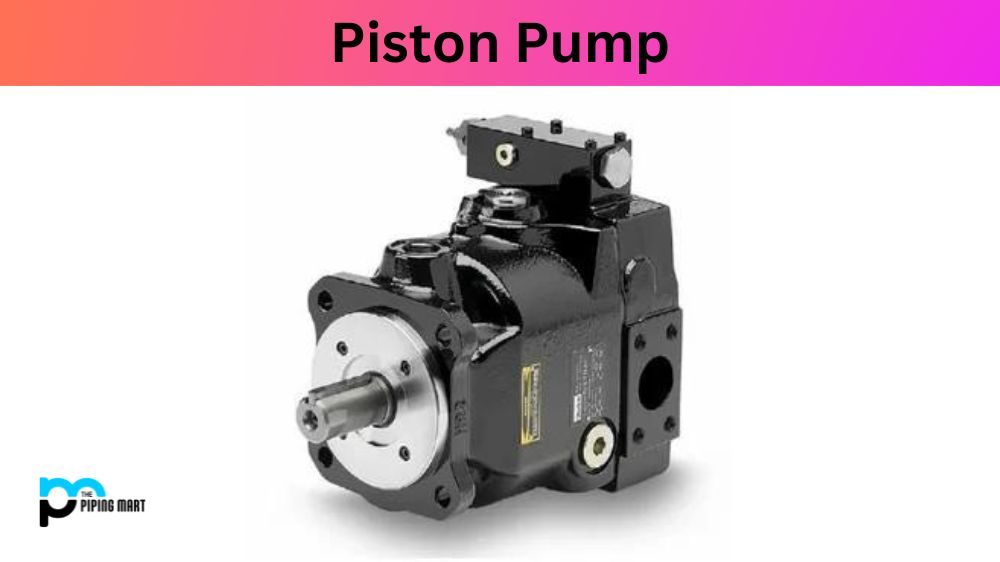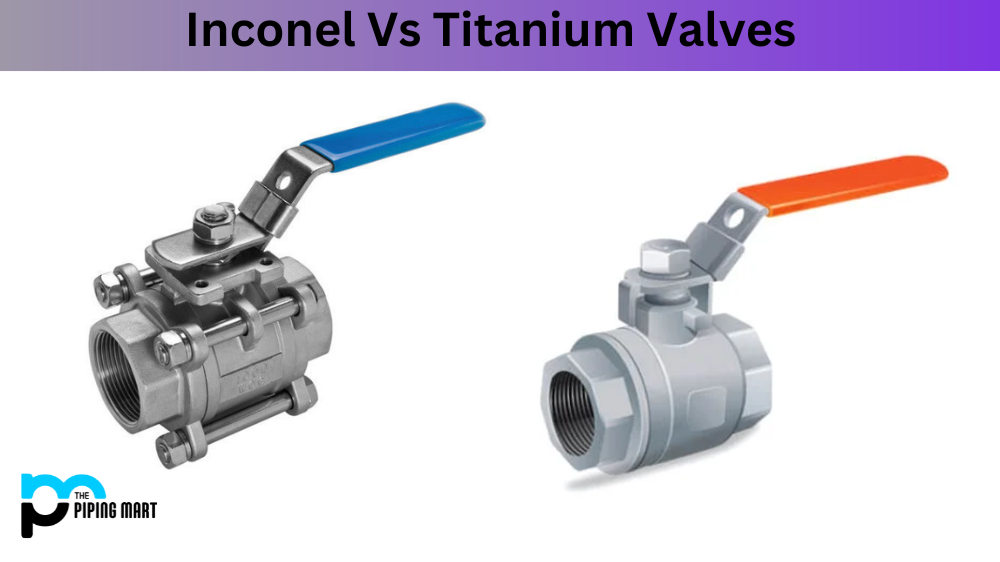Types of Waterjet Cutting
Abrasive Flow Machining:
Interior surface finishing includes abrasive flow machining. AFM must be used to deburr and polish inner sections that other deburring techniques can’t reach. Similar to how a grinder or piece of sandpaper removes undesired particles, erosion occurs when water and abrasion touch elevated surfaces inside a workpiece.
Abrasive Jet Machining:
The abrasive water jet cutting core is the abrasive jet machining procedure, which uses a high-pressure stream of water mixed with an abrasive. It blasts and erodes the workpiece to get rid of debris, burrs, and particulates. The cutting particles used in abrasive water jet cutting are exceedingly tiny and applied at high velocity. Thin, fragile, and hard materials are cut and shaped with this procedure. Abrasive jet machining is employed to create precise, even edges and cut intricate shapes.
High-Pressure Water Cutting:
The pressure of pure water may be dramatically raised by using intensifiers, allowing it to shape and mold soft materials without leaving water behind. Hydraulic pumps use the power of the water to convert it into mechanical energy, thereby intensifying the water flow.
Corundum elements, variations of rubies and sapphires, were added to the cutting head, which marked a significant improvement in high-pressure water jet cutting. Corundum is incredibly strong, durable, and stable. It is the world’s second-hardest mineral and is unaffected by acids.
CNC Water Jet Cutting:
High-pressure water is still used in CNC water jet cutting, but the machine is programmed to perform several tasks in a single pass. The primary application for CNC water jet cutting is when the material that needs to be shaped and cut is delicate to high-temperature operations. Cutting, shaping, deburring, reaming, and honing are some cycles a CNC water jet cutting machine generally goes through. These are the processes that are most suited for the water jet-cutting process.
Most CNC water jet cutting devices have three axes and work along the X, Y, and Z axes, with the X axis moving left to the right, the Y moving front to back, and the Z moving up and down. The five axes model, which features rotations around the X and Y axes known as the A and B axes, respectively, is a new addition to CNC water jet cutting machines.
What are the Applications of Waterjet Cutting?
Aerospace Industry:
Complex and precise accuracy is required for all aircraft components. The rules of aerospace prohibit any error. For this reason, water jet cutting is considered a crucial component of the production of aerospace parts, from the construction of jet engines to the creation of custom control panels. In aerospace, abrasive water jet cutting is employed to cut steel, brass, Inconel, and aluminum. The metals cut throughout the operation are utilized to create forms eight inches thick for wing sections, turbine blades, parts of breaks, and landing gear.
Auto Industry:
The ability of water jet cutting to be incorporated into robotic systems is a crucial aspect of its utilization in the auto sector. Pure water jet cutting forms indoor carpets, insulation, and head linings. Both water jet-cutting techniques are employed. Pure water jet cutting causes the elimination of cleanup and low material waste. Water jet cutting produces smooth, burr-free surfaces that negate the need for further finishing because it makes no heat-affected zones (HAZ), harmful gases, or stress on the workpiece.
Medical Industry:
Surgical cutting tools are being replaced in medicine by water jet cutting technology. High-pressure spiral water breaks and pulls liver parenchymal cells while treating malignancies. It is chosen to carry out these tasks because it reduces the possibility of bleeding and does not emit heat that could harm other organs. Human tissue can be dissected with less stress, bleeding, and postoperative issues by varying the pressure and flow rate.
Breaking Glass: Water jet cutting of glass is employed because the cutting stream may be modified, adjusted, and changed, much like in the medical industry. Glass cutting is a highly delicate technique that calls for precise instruments to prevent breaking or puncturing the glass. Water jet cutting’s capacity to cut glass without harming the material’s interior structure makes smooth and effective cutting possible. Any shape, size, configuration, or workpiece can be precisely sliced using the omnidirectional stream. The stream’s pinpoint accuracy and tremendous pressure enable it to carve openings, notches, and structures without distortion.
Industrial Cleaning:
During many industrial processes, unwanted materials are produced. Additionally, industrial storage tanks and conduits need to be cleaned due to the buildup of flakes, scales, and rust. Although extremely corrosive cleansers can remove built-up debris, they might not be appropriate in all situations. Industrial machinery, storage containers, and piping can be safely removed and cleaned using a high-pressure water jet cutting device’s high-speed pulsing blast.
The energy generated by a water jet cutter is far greater than the energy required for contaminants to stick to a contaminated surface in the form of scales, coatings, or contaminants. Cold cutting is a very secure industrial cleaning technique. Its effectiveness and quickness, which prevent downtime and work interruptions, are essential factors in its utilization.
Food Industry:
A method of cutting food that has been recognized by the United States Department of Agriculture (USDA) offers productive and hygienic advantages is water jet cutting. The food sector relies on water jet cutting for accuracy and helps with portion control, much like other industrial uses. Meat, poultry, pastries, and frozen goods can all be expertly and precisely shaped using a water jet cutter. The clear, clean water that is essential to the operation of the water jet cutter is its primary component. The velocity at which water jet cutters work makes it possible to process food goods quickly and effectively.
Electronics:
Cost is a significant obstacle in the production of electronics. Manufacturers are constantly seeking ways to increase efficiency while reducing expenses. Due to its effectiveness and low cost, water jet cutting has become a crucial part of the manufacture of electronics. This technique can be used to slice circuit boards, whether or not they include components. It also works great for stripping wires despite having to worry about damaging the wire.
Water Jet Cutting Fiberglass:
When working with fiberglass, which requires accuracy, efficiency, and precision, safety is a significant concern. Water jet cutting can shape and mold fiberglass without creating dust or waste. Quick cuts are made according to the exact specifications of the application.
Advantages of Waterjet Cutting
Versatility Advantage:
Water jet cutting has infinite applications because it can cut any material, regardless of its hardness. It slices materials without affecting their integrity or mechanical qualities.
Secondary Finishing:
Water jet cutting eliminates the need for secondary finishing because it doesn’t produce burrs, rough surfaces, or other flaws. Smooth finishing and less kerfing are the results. Because erosion is used to remove material rather than heat or shearing, finishes are smooth.
Extreme Precision:
Providing a cutting accuracy of between 0.003 inches and 0.005 inches, water jet cutting is exact and accurate. Parts can be cut alongside multiple edges since the cutting speed can be changed mid-cut. Thin materials can be chopped and stacked for improved efficiency to boost productivity and further minimize expenses. Water jet cutting machines can come with various table sizes to accommodate a wide range of workpiece sizes.
Environmentally Safe: Every manufacturer and sector consider going green. The consequences of environmental protection measures have impacted other cutting techniques besides water jet cutting. Unlike most cutting techniques, water jet cutting does not produce waste, particle matter, or contaminants. Using a water jet cutter produces no poisonous substances, hazardous waste, or toxic gases. It makes use of pure water that has been supplemented with organic abrasives. The discharge of leftover material won’t harm the environment from the process.
Ease of Use:
A water pump and cutting tool create a high-velocity water stream that travels at three times the speed of sound during the water jet cutting process. Any form of a cut in any material can be made using the same parts. Water jet cutting is a cost-effective and economical production process for both 2D and 3D products due to its lack of complexity.
Programming Shape:
The software designed to shape is translated into the water jet cutting machine’s controls. Data is entered to create exact placement, cutting speed, and cutting angle. The device completes the cutting process after entering the material’s details.
Cost Savings of Water Jet Cutting:
Cost reduction is the most important and noticeable of the many advantages of water jet cutting. Water jet cutting equipment is significantly less expensive than any other cutting method. Fast transition times, the quickness of the cutting process, and simplicity of setup are additional benefits beyond lower operational costs.
Lack of Chemicals:
Water and an abrasive used to eat away the material are the only fluids utilized in water jet cutting. Any heat created is cooled by the water jet stream. Further minimizing secondary processing includes the absence of warping, distortion, and hardening. Since water jet cutting doesn’t emit fumes, it is safer for both operators and workers.
Efficiency:
The force and versatility of water jet cutting make it the most effective cutting technique. Reusing the water, it utilizes and doing away with subsequent processing are two factors in its efficiency. Tooling cannot be modified when switching from one product to another because it can cut anything.
Product Control:
To cut workpieces to the appropriate sizes and specifications, accurate water jet cutting gives greater cutting process control. It is more manageable than using a blade or saw to miss.
Sanitary:
Since it doesn’t require the use of any chemicals, cutting implements, or other materials that might come into touch with food, water jet cutting is perfect for the food sector. Water jet cutting is best for food processing with requirements that need zero cross-contamination, given the current limits requiring exceptional cleanliness and sanitation.

Pipingmart is B2B portal specializes in industrial, metal and piping products. Also, share latest information and news related to products, materials and different types grades to help business dealing in this industry.




